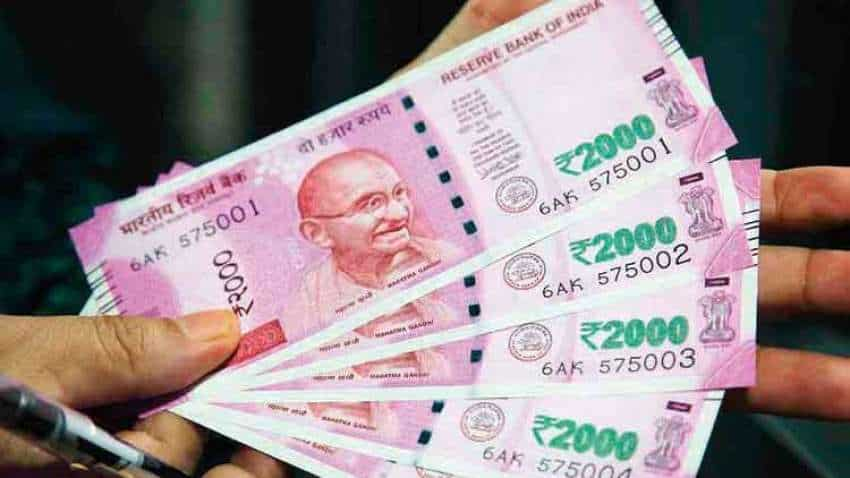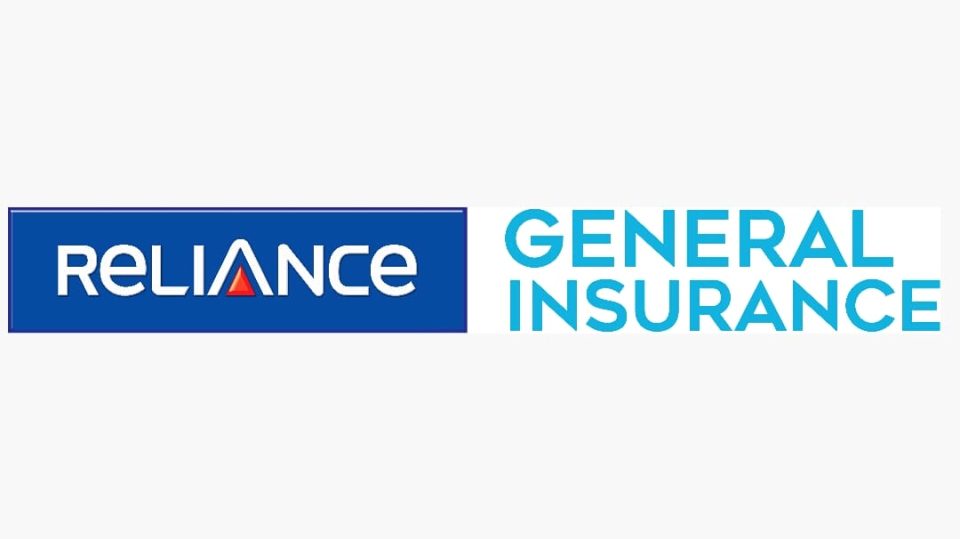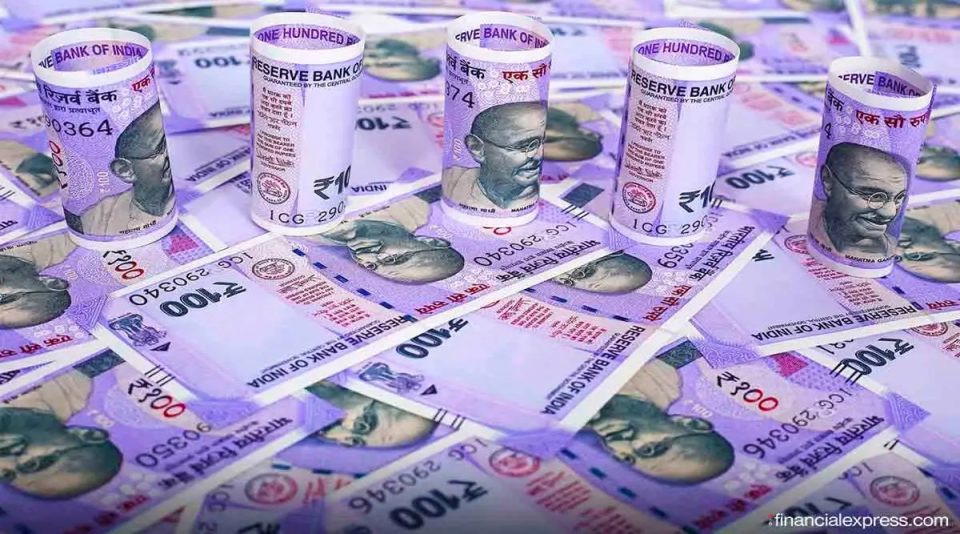The National Pension Scheme’s pension assets will be managed by Max Life Pension Fund Management Limited, a fully owned subsidiary of Max Life Insurance Company (NPS). The Commencement of Business (COB) certificate for this has been given to the pension fund.
To increase assets under management (AUM) to an estimated $1 trillion over the following ten years, Max Life Pension Fund will manage pension funds for subscribers in the commercial and public sectors that are not part of the “default scheme.”
In order to assist customers in planning their retirement, the business and the pension fund will now provide services for all product categories, including pension products, annuities, and pension fund management. In order to provide services that will assist customers in opening new NPS accounts, it is also in the process of submitting an application for a point of presence registration with the Pension Fund Regulatory and Development Authority (PFRDA).
Max Life Pension Fund Management Limited expands our footprint in the retirement segment, according to Prashant Tripathy, MD & CEO of Max Life. We are devoted to providing for the financial security of Indians in their senior years.
To raise NPS awareness and provide value for our customers, we will use our competitive fund management capabilities and Max Life’s distribution strength, including our corporate business teams, individual advisors, and direct sales teams.
Axis Mutual Fund’s S&P BSE Sensex ETF Opens for Subscription

Axis Mutual Fund announces the launch of a New Fund Offer (NFO) – Axis S&P BSE Sensex ETF. The open-ended exchange-traded fund tracks the S&P BSE Sensex TRI) with a subscription deadline of March 15, 2023. Ashish Naik will manage the fund with a minimum investment of Rs 5,000 and multiples of Re 1 afterwards.
The new fund will track the S&P BSE Sensex TRI benchmark and strive to generate alpha by investing in domestic equity ETFs based on the fund manager’s top-down investment view.
The fund company said that ETFs have quickly become one of the most popular investment vehicles for passive strategies because they replicate a portfolio of underlying indexes while trading in small amounts on exchanges at market-determined prices.
The investment objective of the Axis S&P BSE Sensex ETF is to provide a return, before fees, that corresponds to the total return of the S&P BSE Sensex TRI Index, subject to tracking error. However, it said there was no assurance that the scheme’s investment goals would be achieved.
To the extent possible, the plan seeks to invest in stocks that form part of the relevant index in the same proportion as each index. Basically, 95% to 100% of the investment will be in equity instruments covered by the S&P BSE Sensex TRI, and the rest will be in debt and money market investments.
Because the plan is designed to invest and maintain domestic ETF exposure greater than 95% of net assets at all times, the resulting tax treatment will be the same as for equity mutual funds. Given the mutual fund structure, investors can invest through various system options like SIP, STP and lump sum.
Some key attributes of the fund include:
Low-cost passive investing solution – A hassle-free for investors looking for low-cost equity products.
Elimination of Bias – When the fund invests in the underlying index, it removes the bias of the fund manager when buying/selling securities.
Equity Taxation – As all investments will be made in equity instruments covered by the S&P BSE Sensex TRI, the scheme is subject to shareholding tax.
Strive for minimum tracking error – A passively managed fund strives for minimum tracking error as it aims to replicate the benchmark.
Chandresh Nigam, Managing Director and Chief Executive Officer, Axis AMC, said: “With the launch of the Axis S&P BSE Sensex ETF, we aim to create a low-friction investment strategy that relies on broader market intelligence as well as our ‘quality and growth’ philosophy principles create opportunities for investors to create wealth.”
Commercial Loans Flow on Capex Revival

There has been a clear reversal in fresh capital speculation by corporates, with bank loan demand being controlled by infrastructure, roads, renewable energy, and oil sectors.
Considering the last few quarters, loan demand was run by the higher utilisation of working capital ahead of an upsurge in the commodity prices; from the September quarter forwards, corporate loan growth has swerved towards fresh capacity building, as per the media report.
“We have seen respectable growth in the roads segment and renewable energy. This growth comes from comparatively larger corporates as they have deleveraged significantly over the last few years.” “We believe the increase in working capital utilisation is still to play out,” Chadha said. “For us, it is still in the series of 55-60%. There is still upside for corporate loans to raise from here on.”
According to statistics from the RBI, credit to the industry surged by 12.6% in September 2022 compared with 1.7% progress a year earlier. Particularly, credit to large industry enhanced to 7.9% against a shrinkage of 2.1% in September 2021. Bankers imagine corporate loans to pick further impetus in the outstanding two quarters of this fiscal year.
“There is a development in capacity utilisation, and the demand types witnessed on the ground give us the sureness,” said Dinesh Khara. “We are near-sighted Capex-related demand, and capacity utilisation is screening signs of improving.”
The largest Indian lender has a term loan conduit of Rs 2.4 lakh crore and sees demand from sectors like infrastructure, services, power, renewable energy, and oil marketing corporations.
According to the RBI survey, seasonally attuned capacity utilisation of the manufacturing sector amended from 73% in the March 2022 quarter to 74.3% in the June quarter, its uppermost level in three years.
Govt Raises DA by 4% Under 7th Pay Commission

On September 28, Minister of Information and Broadcasting Anurag Thakur announced that under the 7th Pay Commission, the Union Cabinet has increased the Dearness Allowance (DA) for central government employees and pensioners by 4%.
The rate hike will raise the DA from the current 34% base salary/pension to 38%. From July 1, 2022, central government employees and pensioners will be entitled to higher amounts of Dearness Allowance (DA) and Dearness Relief (DR) respectively, Finance Ministry said.
The Union Minister told a news conference in New Delhi that more than 50 lakh government employees and some 62 lakh pensioners will benefit from the pay rise and pensions ahead of the festival.
Meanwhile, Finance Minister Nirmala Sitharaman added on Twitter that the combined impact of DA and DR on the treasury will be Rs 12,852.5 crore per annum.
Furthermore, the combined impact of DA and DR on the Treasury will be Rs 8,568.36 crore in FY 2022-23 (i.e., the 8-month period from July 2022 to February 2023).
The Union Cabinet approved a 3% increase in DA under the 7th Pay Commission in March, thereby raising DA to 34% of basic income.
DA is a cost of living adjustment allowance paid by the government to public sector employees and their pensioners.
The government usually revises the DA rate every six months. This is done to compensate for the loss of purchasing power of monthly salary/pension wealth due to inflation.
Motilal Oswal AMC Launches Gold and Silver ETFs FoFs

Motilal Oswal Asset Management Corporation (MOAMC) has announced the launch of the Motilal Oswal Gold and Silver ETF FOF, which aims to generate returns by investing in units of both Gold ETFs and Silver ETFs. The NFO will open on September 26 and close on October 7. The minimum application amount for the Motilal Oswal Gold & Silver ETF FOF is Rs 500, followed by a multiple of Re 1.
According to the press release, the program will generate returns by investing in gold and silver ETF units. Daily weights should be market driven with a 70:30 start (NFO) assignment. The maximum weight is capped at 90%, subject to quarterly review. The initial higher allocation to gold was due to its high economic value and high liquidity. Also, it is relatively more stable compared to silver.
Gold is widely used in jewellery and is often considered a safe haven because it performs well in uncertain markets. In contrast, silver has a wide range of industrial applications and typically performs well during business recovery. Exposure to these two metals helps portfolios perform well in turbulent times and recoveries. Investors who want all the silver and gold in their portfolio can choose this option.
“To bring new investment opportunities, Motilal Oswal AMC has launched a gold and silver ETF FOF. This provides great diversification as gold and silver are less correlated with equities and thus act as a good diversifiers. Both metals offer good downside protection and tend to outperform in bear markets. Silver tends to outperform when markets recover from bear market phases. Through this programme, investors will be able to mitigate the risk of market volatility, enjoy portable wealth and rising economic value at the same time,” said Pratik Oswal, President of Passive Business, Motilal Oswal Asset Management.
“Gold and silver have long been the assets of choice for Indian households. These precious metals have been acquired and maintained in their physical form. However, we are witnessing high inflation around the world. Central banks have resorted to raising interest rates and neutralizing systemic liquidity to cope with runaway inflation. Gold is a hedge against inflation, preventing the loss of wealth and acting as a store of value in such situations. Even the world’s elite turn to precious metals to protect their wealth, as neither metal will lose value. Besides investments, jewellery and silverware, silver has major industrial applications, including green technologies,” said Navin Agarwal, MD and CEO of Motilal Oswal Asset Management.
Reliance General Insurance Partners with Paytm Proposes Customisable Health Cover

Reliance General Insurance Co Ltd is India’s leading General Insurance company. It has joined hands with Paytm, India’s leading Digital payments and financial services Company, being the Pioneer of QR and mobile payments. It has entered to offer a Reliance Health Gain Policy, considered one of the most Customisable Health Insurance Products to the citizens. With a click, customers can buy the Reliance Health Gain Policy in a few minutes by completing the required credentials on the Paytm app.
Reliance General Insurance has strived to make Health Insurance accessible all over India. Being launched in May 2022, Reliance Health Gain Policy offers a bouquet of “Need of the Hour” features and benefits. It allows customers to choose features and personalise plans per their requirements.
Contracting this partnership, Reliance General Insurance and Paytm intend to enhance insurance penetration nationwide. Towards this end, Reliance General Insurance is creating the most customer-friendly Reliance Health Gain Policy for Paytm’s broad customer base across India’s urbanism and rural. Being the champion of digital payments in India, Paytm walks at the forefront of India’s digital Revolution with its innovations making everyday life more straightforward.
Speaking on the development, Anand Singhi, Chief Distribution Officer, Reliance General Insurance Co Ltd, said, “We are looking forward to extending the innovation in Health Insurance Solutions of Reliance Health Gain Policy to the citizens via Paytm’s robust presence over the country. This is one of our efforts towards the masses to ensure easy access to Health Insurance throughout the country.” Paytm spokesperson said, “Being the pioneer of Digital Payments in India, we strive to innovate technology-driven products driving Financial Inclusion. Our recent partnership with Reliance General Insurance focuses on making Digital Insurance easy access to all.”
Reliance Health Gain Policy is the most flexible and customisable Health Insurance policy ever witnessed in the industry. It is available in three different plans, i.e. Plus, Power, and Prime, and a display of features facilitates the customisation of policy for every customer. The policy accompanies 38 features like Double Cover, providing twice the amount of sum insured used during the same claim, unlimited reinstatement restoring the sum insured amount as many times it gets bushed during a policy year. It also guarantees a Cumulative Bonus protecting loss of Cumulative Bonus post claim or reducing Pre-Existing disease waiting period from 3 to 2 or even one year.






